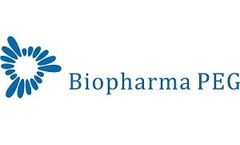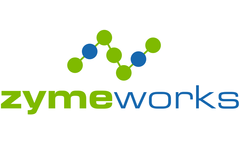Epidermal Growth Factor Receptor 2 Articles & Analysis: Older
6 articles found
Target identification of piperazine-like small molecule RX-5902 Kost et al. used DARTS technology and isotope labeling to demonstrate that the piperazine-like small molecule RX-5902 can inhibit the growth of cancer cells by binding to phosphorylated p68RNA helicase and down-regulating the expression of c-Myc, cyclin Dl and p-c-Jun genes in the β-chondin signaling pathway, ...
The most common adjuvants are Toll-like receptor (TLR) agonists, C-type lectin receptor (CLR) agonists, and nucleotide-binding oligomerization domain (NOD)-like receptor (NLR) agonists.Adjuvants of plant origin, such as oligosaccharides and inulin, can induce two types of immune responses in humans. ...
The majority of patients with metastatic breast cancer (MBC) have hormone receptor-positive HER2-negative disease. For this subgroup, endocrine therapy is the key therapeutic option. ...
Currently, 15 ADC drugs have been approved worldwide, including three for breast cancer: T-DM1 and T-DXd, which target human epidermal growth factor receptor 2 (HER2), and sacituzumab govitecan, which targets human trophoblast surface antigen 2 (Trop2). ...
Worldwide, breast cancer is the most commonly diagnosed cancer and the leading cause of cancer deaths in women, with over 650,000 deaths in 2020.1,2 Human epidermal growth factor receptor 2 (HER2)-targeted agents have improved outcomes in HER2-positive breast cancer, but most patients in first-line therapy do not ...
Since contemporary manual FISH signal analysis is low-effective and inconsistent, it is an attractive research area to develop automated FISH image scanning systems and computer-aided diagnosis (CAD) schemes. The gene expression of epidermal growth factor receptors 2 (HER2) is highly related to results of ...






